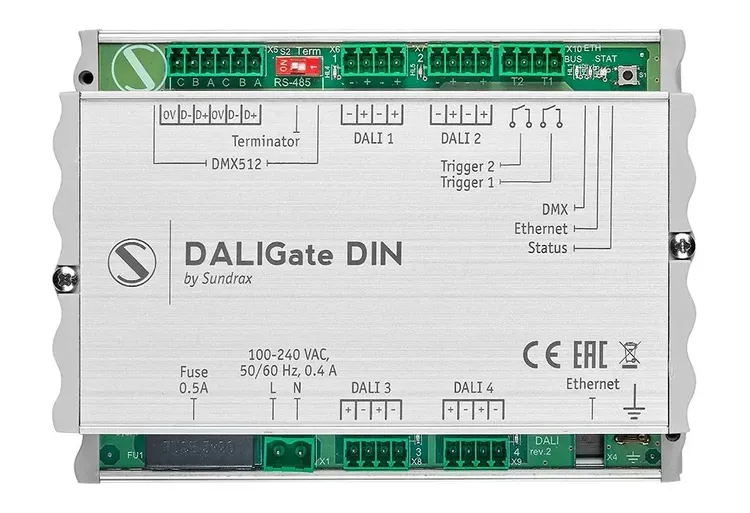
Movement transforms static composition into temporal sculpture. A moving beam, a soft follow, a crossfade or a strobe changes perception of space and narrative speed. Movement is a time-based property and should be treated like choreography – its speed, path, and acceleration must answer the dramatic tempo.
Rhythm is the pattern of change: the rate and contrast of light positions create an internal meter for the audience’s attention. Quick, sharp shifts quicken perception; slow, continuous shifts encourage immersion. Program automated units and crossfades to align with musical accents or actor beats – avoid gratuitous movement that competes with the stage action.
When fixtures are limited, simulate movement with intensity fades across positions. When automated fixtures are available, treat their paths as props: choreograph them with precision to avoid visual noise. Movement must serve story and pace.
Editor: Alex Deno, Founder Sundrax. Sundrax offers tutorials on synchronizing movement with musical cues.
